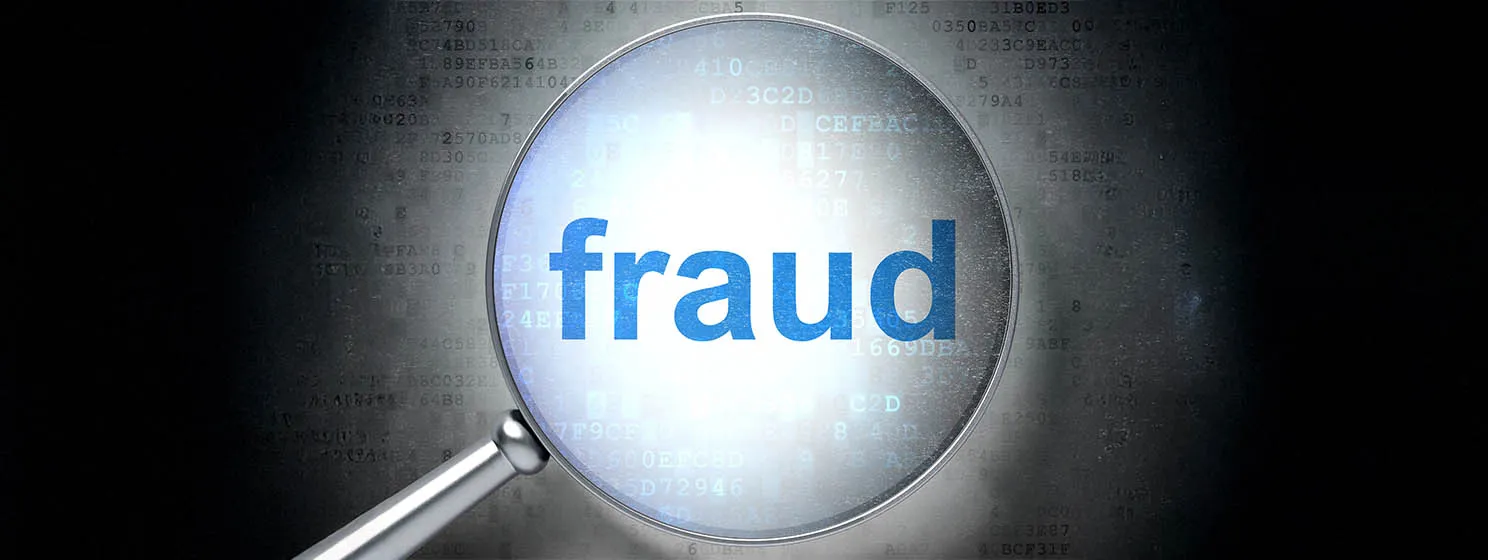|
Getting your Trinity Audio player ready...
|
This article summarizes part seven of the video series called Tiny Payments Are a Big Deal. In it, Isaac Morehouse talks to Alex Agut from HandCash about tiny payments, BSV blockchain, and a lot more.
Introducing Alex Agut and HandCash
HandCash is a highly user-friendly wallet on the BSV blockchain. It makes it simple and hassle-free to make tiny payments and interact with BSV applications.
Alex, the co-founder and CEO of HandCash, says that its mission is to unlock the potential of horizontal micro and nano payments. This doesn’t just mean peer-to-peer payments but splitting payments between many people.
Isaac says that the first time he experienced a few pennies split between multiple people, this idea clicked for him. Alex says that his own motivations stem from wanting to implement micropayments in a previous sharing-economy app. They couldn’t make it happen due to the expenses of traditional payments rails, licenses, etc. They began to look at Bitcoin back then, but they found the learning curve too steep.
However, in 2017, the digital currency price spike drew their attention back to Bitcoin. They quickly found out that the price spike was based on speculation rather than utility, but once they started playing around with Bitcoin, they realized they could solve their previous problem related to micropayments.
Some of the problems HandCash has solved
While most people still talk about micropayments and their potential applications in the hypothetical, HandCash makes use of them every day. It also makes it extremely easy for BSV users to connect to and interact with apps without any requirements for extra logins or registrations.
Alex then gives an exclusive walkthrough of the new HandCash app on the screen. Here’s a quick summary of the different elements:
Homescreen – this is where you can locate your balance, recent payments to and from your wallets, and click to top up directly to your HandCash wallet. This is also where your Paymail address, legacy BSV address, and QR code are located.
Apps – By clicking the ‘apps’ tab, you can see all the different apps your HandCash wallet is connected to and load and interact with them directly through your wallet.
Alex gives a live demo of ‘Called It,’ an app based on sports picks. Users who finish on the leaderboard receive micropayments on an ongoing basis. He then demonstrates how the PeerGame BSV casino app works along with cool BSV apps like Britevue, DuroDogs, Haste Arcade, and PowChess. All of these apps utilize micropayments in different ways.
The improved world of micropayments
According to Alex’s demonstration, a few problems have been obviously solved.
I. Custody of funds has been solved. With HandCash, users maintain custody of their funds and instantly make/receive real payments. Peergame and the TDXP trading apps demonstrate this perfectly. Deposits and payouts are two significant problems in both the online gaming and trading industries.
II. Logins have also been eliminated. With a verified HandCash account, users can simply click the app and log in immediately. There’s no need to remember different passwords and login details.
III. Payments thresholds are no longer a problem. Whereas YouTube creators may have to reach certain thresholds, which could take weeks or months before receiving a payout, HandCash users receive them in seconds, no matter how small. It’s real-time streaming of money.
IV. Revenue splitting is simplified. Because of the insanely low fees on BSV and the ability to run smart contracts, it’s possible to split revenue in real-time. For example, multiple apps make use of leaderboards. When users finish on them, they receive a portion of the revenue until they are ‘dethroned’ by another user.
Introducing the Duro unit of account
Inside the HandCash wallet, besides the BSV balance, you’ll see another balance called Duro. It’s an experimental unit of account developed by the HandCash team for use in video games and some other applications.
Isaac believes that this could serve an important purpose. When it comes to spending one-hundredth of a penny or less, the human brain struggles to keep track. However, if a unit like Duros exists, and 100 Duros equals a penny, for example, then it’s easier to keep track. Units like this could also remove the associations with ‘cryptocurrency’ that tokens like BSV have.
However, it’s important to emphasize that Duros are not tokens. They are literally just a unit of account or an alternative way to think about your BSV balance.
Future vision for HandCash and potential constraints
Isaac asks Alex to outline his vision for five years in the future and what might stop it from becoming a reality.
Alex notes that most ordinary people these days have at least six or seven monthly subscriptions. He believes that micropayments can change the distribution model we’re all used to. He believes that many publications are leaving money on the table and that this can change in the near future.
Alex also believes that micropayments can remove much of the friction in the current gaming industry. He notes that younger generations play for different reasons than older ones. They want to be able to trade skins, use in-game currencies, etc. Micropayments are an obvious boon for this industry.
What about the hurdles? Alex says it has been challenging to separate the notion of digital currencies from speculation. The HODL mindset is deeply intertwined with the industry, as are the concepts of volatility, unreliability, other negative connotations. He also says that large companies (e.g., EA Sports) want to have a lot of control over the infrastructure.
However, Alex also mentions that we will reach a tipping point where it’s obvious that micro and nano payments are the future. He can see things like 30-day trials going the way of the dodo and being replaced by in-app payments.
Watch: CoinGeek New York panel, Better Bitcoin Wallets for Consumers & Business

 07-02-2025
07-02-2025 





